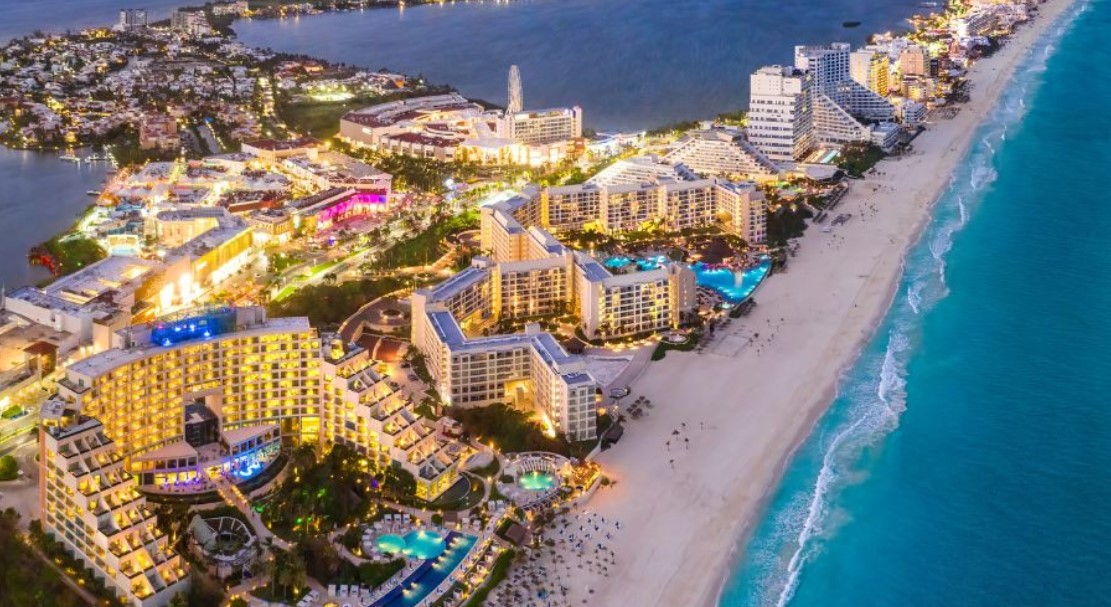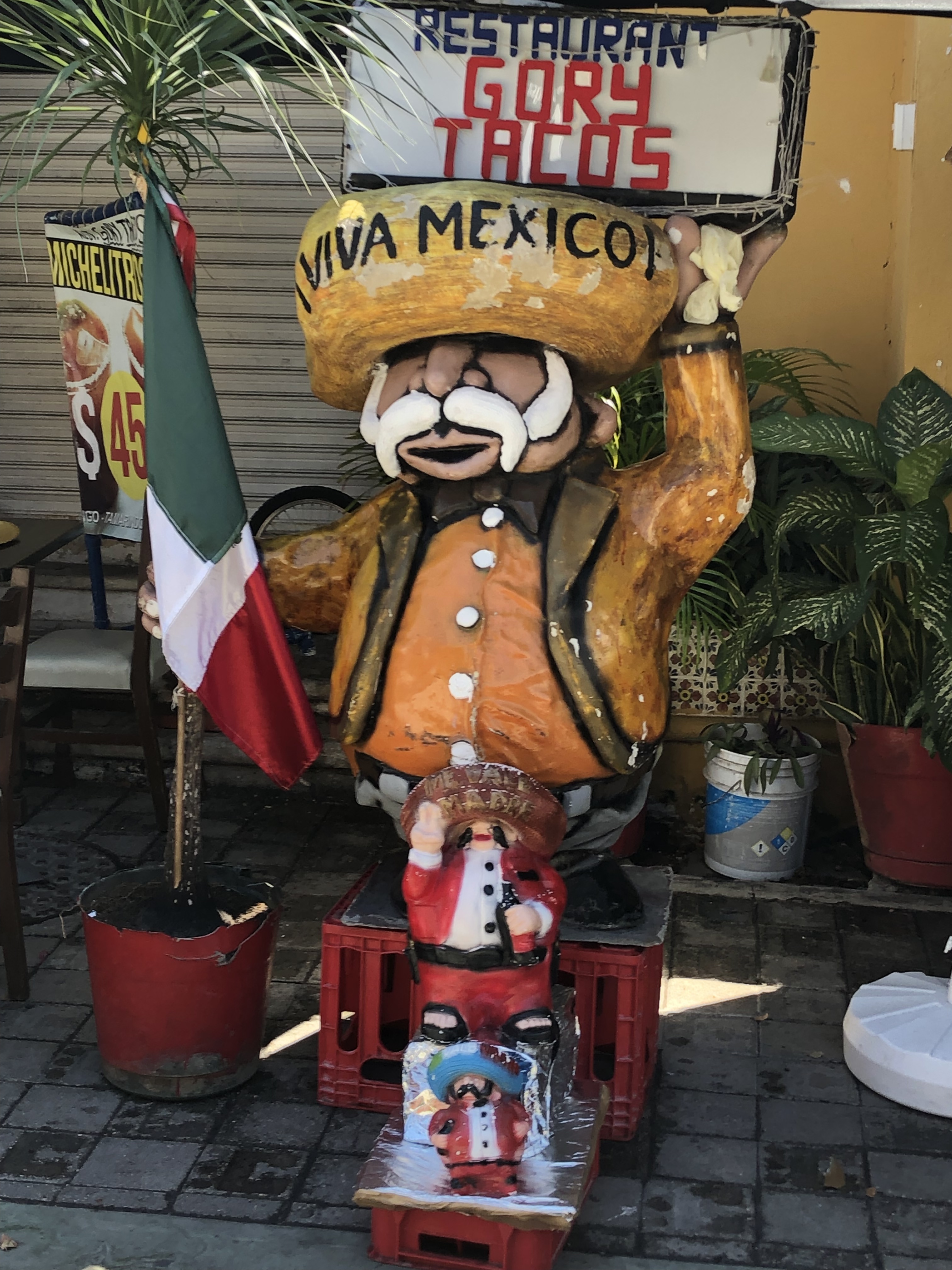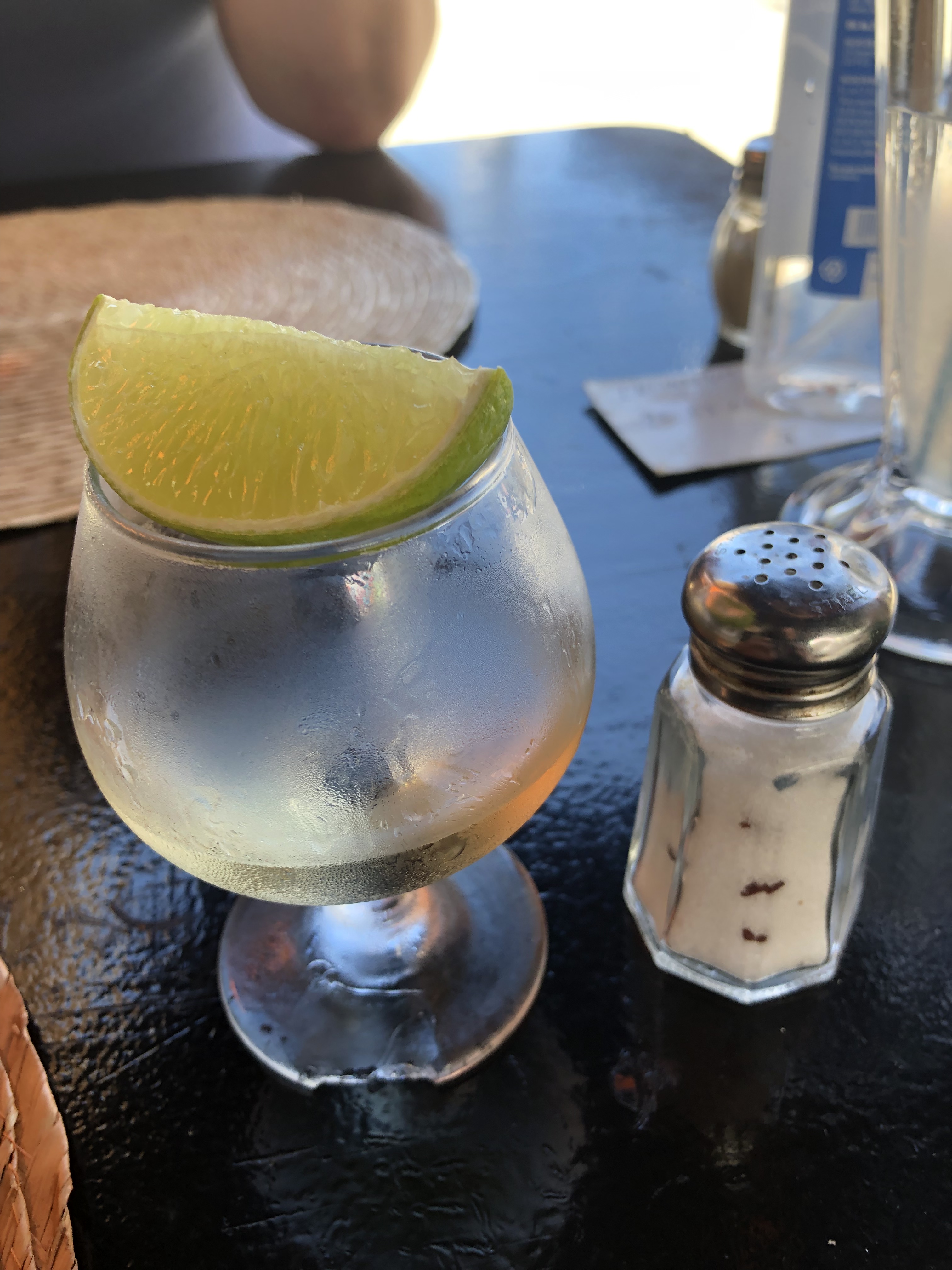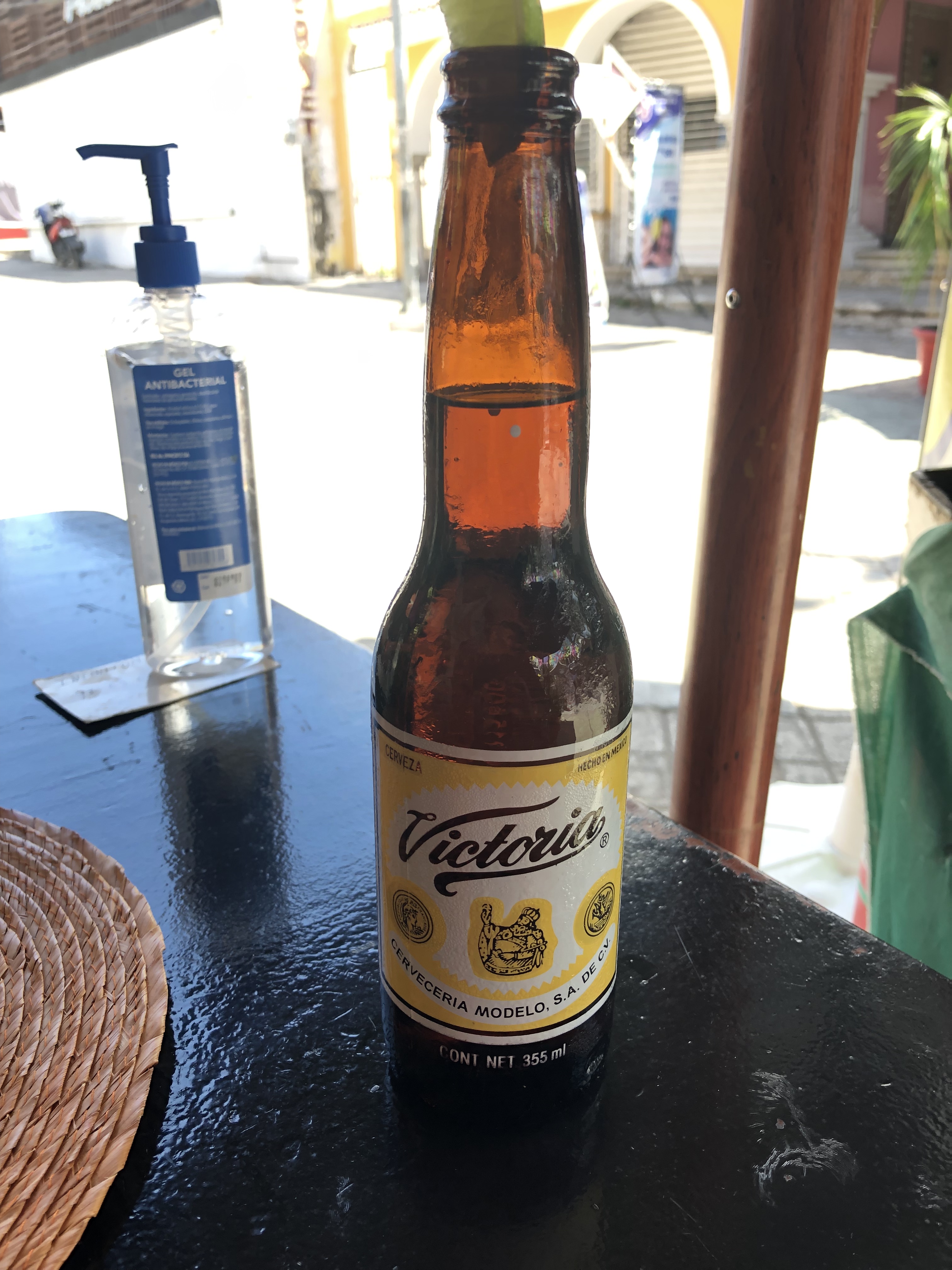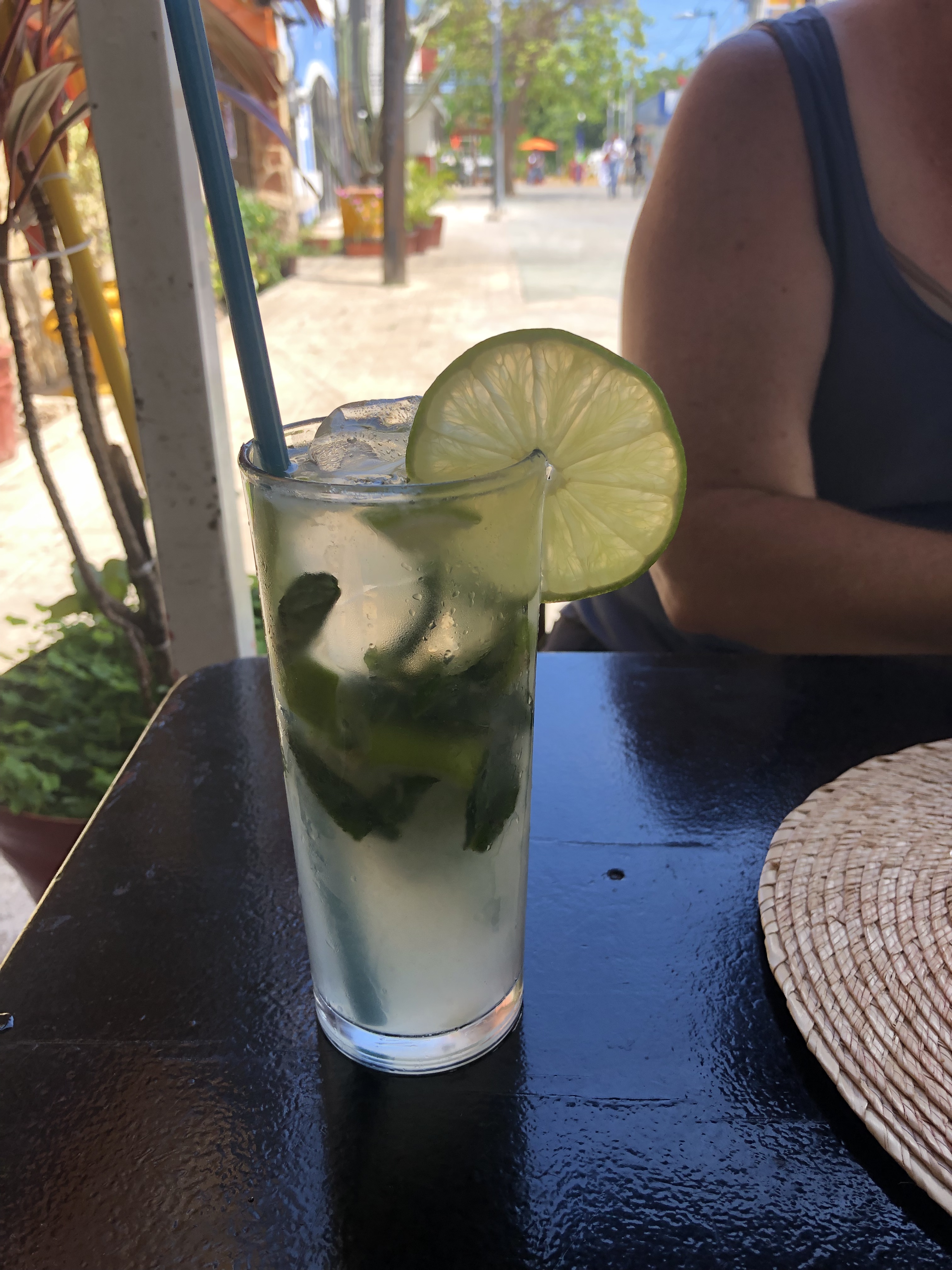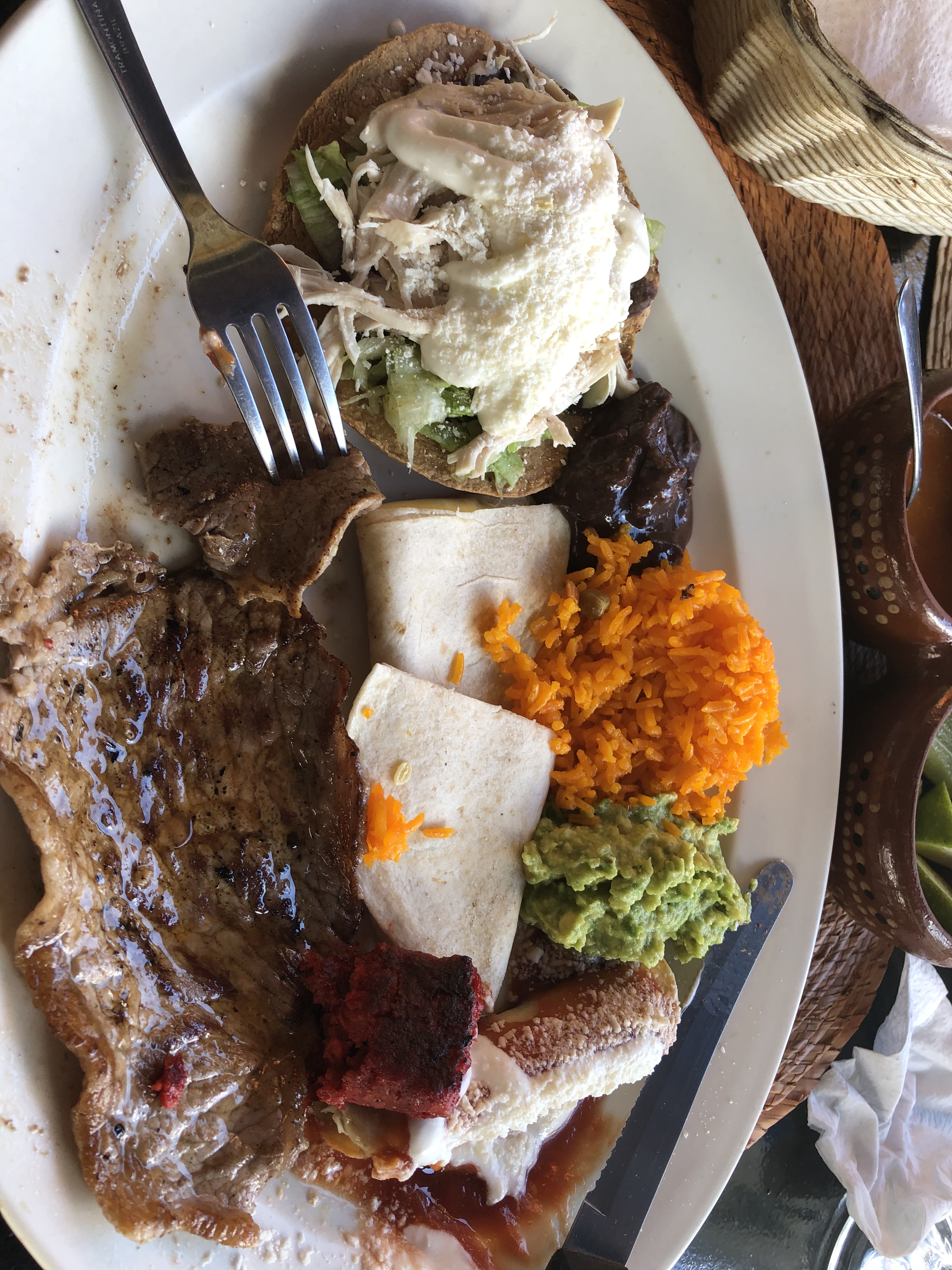
South Africa is at the southernmost tip of Africa.
The history of racial segregation (which ended in the 1990) has transformed to it now being known as the “Rainbow Nation” for its multicultural population.
Country #99 Territory # 138
To say that this is a long held bucket list item is a bit silly. The idea of heading over here and doing a Safari to see the big 5 is pretty much on everybody’s bucket list. But safety is of real concern in certain areas of South Africa.
South Africa has three capitals Pretoria (administrative), Bloemfontein (judicial) and Cape Town (parliamentary), and 12 official languages. The largest, most populous city is Johannesburg, followed by Cape Town and Durban.
Covering over 1.2 million square kilometres (a bit smaller than the Northern Territory),
Cape Town

Our entry into South Africa was to be into Cape Town where we had a couple of days and then we would travel further around into Port Elizabeth where we were booked on our long awaited safari.
While it was possible to get a safari in from Cape Town, the transits were big and the time with animals was short. And besides that, there was plenty of good stuff to see around Cape Town.
Number one Tourist item on the list when it comes to Cape Town is Table Mountain, a massive flat topped plateau sitting a kilometre straight up and looming over the town. It is the top tourist attraction, accessed by a rotating cable car. It is also the first thing that you see when you enter from the ocean.

As we were entering at about 6am the morning mist gave the table a tablecloth (orographic clouds to be a bit more scientifically accurate).

It is easy to get to, but it is not easy (or cheap) to get there in a timely manner. Especially when you are on a limited time frame and are competing with a whole ship full of people all trying to get up the same hill. Tickets to get up start at about $10 but if you want to fast track the (4-5 hour line) then that number jumps to $100 each.
Arriving on day one we opted to jump on a day trip, being somewhat anti-social we opted for a tour for two, which meant we paid more (about $600 for the day) but could move at our pace and not that of the slowest person on the ship. Even though we paid more, it still worked about half of what the equivalent shore excursion on the ship, and we would have been jammed in a bus with about 40 people.
Our tour was scheduled to take us down the coastline through a range of coastal towns and stunning bays, to the Cape of Good Hope, before heading back up and through the wine district of Stellenbosch. As our winery tour was scheduled in the morning, we did it all in reverse order,

So being a bit early off the ship, we hooked up with our driver and headed off earlier than planned. This meant that we did not have to sprint to the winery and instead could meander right throughout the wine district before arriving at our scheduled stop.
Our guide seemed a bit obsessed about prisons mentioning one as we drove past it) and one of our first stops was at another. As it turs out, the last 3 prisons that Nelson Mandela was incarcerated in were here. We visited two of them and Robben Island was clearly visible in the middle of the bay.




So our first official stop (after the impromptu prison visits) was at the Simonsig Winery in the heart of the Stellenbosch district. A stunning location, cellar tour, really nice wines and some amazing food at a very reasonable cost made for a pretty cruisy way to start our day.









So from here we picked up our itinerary headed towards and around False bay, stopping at a bunch of coastal towns, as we headed towards the Cape of Good Hope. Along the way we would stop at a penguin colony (Cape of Good Hope Nature Reserve Penguin Colony) an ostrich farm and see a bunch of baboons.












We stopped at False Bay, Muizenberg, Kalk Bay, Simonstown and of course the Cape of Good Hope National park. Most importantly on the drive we passed what our guide referred to as informal settlements. Specifically we drove past the informal settlement of Khayelitsha. Meaning “New Home” in the Bantu language of Xhosa it was established in 1983 during apartheid, it was intended to house Black South Africans forcibly relocated under segregation laws.



In the heart of the township is a small planned development with shops and roads that has been subsumed by refugees who have set up temporary shelters made of salvaged corrugated iron and whatever else could be found. At present it is believed that the population of the township is over a million people.
The official government spiel cites that affordable and formal housing options are limited, leading to an expansion of informal settlement. Housing insecurity and crime are some of the pressing issues. Job opportunities within the township are limited giving rise to an increase in small businesses. Issues related to gangsterism.
As we were driving past the guide was telling us of the growth of the townships, claiming that Khayelitsha was the second largest in the country behind Soweto (in Johannesburg). While he did say that conditions were improving, as we turned a corner (skirting the outside) we came across forced government evictions as the township grew beyond what was considered a reasonable boundary.
Having left the informal settlement, our next scheduled stop was at some flashy seafood restaurant by the ocean at one of the coastal towns. That all seemed a bit much to us so opted instead for some local fish and chips by the water in a neighbourhood, next to the local markets.






From here it was time to head back to town, following along the coastal road and skirting South Africa’s 12 Apostles mountain Range.

To say that this was an impressive drive is a major understatement as you have long periods of stunning coastlines, flash houses and just generally some pretty nice scenery.





We passed places like Camps Bay, Clifton Bay, Noordhoek, Hout Bay, Chapman’s Peak Drive, Cape Point and Llandudno. Most of these are coastal residential towns and suburbs of Cape Town. Llandudno has no shops or commercial activities but does have some of the most expensive property in South Africa. The beach is one of the Cape’s most beautiful (but unswimmable) beaches, surrounded by large granite boulders and overlooked by mountains.
The next day we were up early again and hopped an Uber straight to Table Mountain, where we used our fast pass to get to the top quickly. It worked exactly as promised, bypassing the long lines and delivering you at the front of the queue, directly in front of the gondola doors. We would have been lucky to have waited 3 minutes, a long stretch from the 3-5 hours the $10 ticket promised. Admittedly we were up early and I’m sure at that time the line would have been much shorter.

We had been warned about baboons at the top, but did not see any. We arrived to crystal clear skies with some wispy clouds and strong winds. While we were up on the mountain we watched the clouds roll in and subsume Lion’s Head and then start climbing the peak that we were perched atop. We watched it roll up the mountain and form the tablecloth that we had seen the day before on entry.








This obviously messed with our clear views, and made the mountain cold and windy, so we headed back down on the gondola cableway, hopped an Uber and made our way back to the waterfront. From here we meandered the waterfront taking in all the pretty tourist stuff, checking out the sculptures and trinket shops. One store sold the most amazing sculptures but the idea of shipping a 2 tonne rock carving to our rental property just didn’t work for us.















Needless to say that the trinket prices at the waterfront were not exactly budget friendly, so I found a more local market a few kilometres away. Having been at sea for the preceding period, a good walk was well overdue. So off we went.
This was exactly the tourist junk that you imagine when you think about Africa. Paintings, carvings, sculptures, drums, animal skins, brightly coloured clothing, scarfs, fans dolls, masks, you name it…it was there. But surprisingly, nothing was cheap. In a town where you can get a pint of beer for $4 and a great meal for under $10 the idea of paying $70-80 for a shitty t-shirt seemed unreasonable.







Don’t get me wrong, there was haggling to be done, but their bottom prices were well above what I would consider reasonable. By way of example, the hat pins that Jill has been collecting all the way around the planet usually start at about $1 and are mostly all bought for $2. In certain expensive places they have been $4. But in South Africa, the cheap ones start at $8.50 and the ones of average quality are about $12.
I did find a wooden map of Africa with the big 5 carved into it, and one of those really ugly African type shirts. So the negotiations began. First the shirt, how much? 900 rand ($82), ok thanks. How much you pay? I don’t spend $80 on a shirt. OK how much you pay? 200 rand ($18). OK 800 rand, no thanks. Give me your best price. 200 rand, give me a reasonable offer… 200 rand. Ok 700 rand…no thanks. and I left
The wooden map went exactly the same but the lady started at 700 rand ($64), ok thanks. How much you pay? Not that much. OK how much you pay? 200 rand ($18). OK 650 rand, no thanks. Give me your best price. 200 rand, give me a reasonable offer… 200 rand. Ok 400 rand, no thanks and while I walked away I heard the magic words OK 200 rand.
So I got it. On the way out I walked past the ugly shirt stall (hoping I would get a similar response). The man saw me and said so you came back to get the shirt, how much you pay…200 rand…silence…so I continued to walk away…silence.
No ugly shirt for me.
At this point we had been walking and touring most of the day without a toilet stop.
While hunting, Jill saw this sign. This amused us both greatly.
A little further on we found a venue that had a suitable level of plumbing available.

As it happens, we found multiple venues over the next few hours that happened to be in between where we were and where we wanted to be. Many, if not all served refreshing local beverages while also having acceptable ablution options .






Having sampled the local wares, we found ourselves back at the ship, in need of an afternoon nap.
Port Elizabeth
Our next stop was to a town known by many names, it was Port Elizabeth for us, but was also known as Gqeberha (in the local language) and is sometimes called Nelson Mandela Bay. The town is a major manufacturing hub (mainly automobiles) that had been decimated by a 2017 Trump decision that American manufacturers should make products in America. This led to the exit of General motors (who had been there since 1926). At the same time Citroen moved out and shortly afterwards Covid hit, virtually destroying the town.
Now the name Gqeberha presents some challenging pronunciation challenges. It comes from the Xhosa language which for those of you that do not know is the funny clicking and popping language of Africa. The Q in the middle represents a click sound and towards the end there is a xc (tsch) type sound before the ha. This makes the final word sounding something like…
G (click) eh beh xcha
The guide on our safari (the reason that we were actually here) tried to give us some local words but the click and the tsch sounds made it sound like a child with a lisp popping bubble wrap. Too much for me.
So we were off to the Amakhala game reserve to attempt to see the renowned ‘Big 5’ (Lion, Leopard, Water Buffalo, Elephant and Rhino). Upon arrival we were urgently ushered into our vehicles for what turned into a 3-4 hour bladder rattling 4WD drive ride over rough terrain. Remember the urgently ushered bit…I didn’t pee before getting on.



From here we were off in search of our safari adventure. In fact 4 bus loads of us were. We were shoved into our 4WDs in groups of 9 (three rows of three) and off we went. The first thing that we saw was within about 2 minutes when a warthog came trotting past. Our guide introduced it as a Pumba. Now I do know that Pumba was the warthog character in the Disney Lion King movie. In Swahili the word “Pumba” translates to “careless, foolish, ignorant, lazy, stupid, and negligent.” Apparently these terms align well with the characteristics of the African warthog. I don’t know which came first (the movie or them calling them Pumba) but it is the common name today.

OK I will start with telling the truths about a safari.
At the end of your day of ‘bone rattling’ 4WD adventuring, you will look at your photos and find that about 70% of everything you did that day was take photos of animals asses as they run away from you.
This started with our Pumba (warthog) and continued throughout the rest of the day.
Our driver was a young African girl who had clearly not been driving for very long. She did not anticipate that the big bump she was about to drive over may launch her passengers into orbit (something she did many times. In fact my butt spent more time airborne than on the seat.
The idea of clutch control was entirely foreign to her and (without any exaggeration) she would have stalled the vehicle that we were in over 100 (maybe double that) in the few hours that we were out adventuring. She put the side of the vehicle (and us) into African Thorn bushes and reversing was not here strong suit either. She ran over bushes, crashed into trees and rammed into sand banks while going backwards.
But we did get to see animals. The first lot were the pumba (warthogs) antelope and springbok, along with some pretty amazing birds of prey (like the secretary bird) and some little suckers that lapped our car feasting on the insects that we stirred up.





After this we started to run into some more of the herd style animals like the Zebra, more antelopes (kudu, springbok, impala etc), wildebeests.



A bit later we got the call that there were some cheetahs near the fence line of the park, so off we went. Sure enough, three of them just kicking back in the heat and paying us no attention, despite the fact that we were just meters away.



Next was a call that there were lions about. So off we went. At the opposite fence line we saw a male and female lion on the opposite side of the fence (in the next door nature reserve). While we were all busy taking photos, wishing the fence was not in the way, we were all oblivious to the fact that not 2 meters away (on our side of the fence) was a huge male lion asleep under a bush. When the car moved to get a better view of the two on the left, we spotted the one on the right and almost soiled our pants.




The car was not quiet, we stopped 2m from a wild lion and all of us had our backs to it, oblivious of its presence. This could have ended very differently. But it didn’t. The lion slept, our driver managed to put us in a terrible position to get a photo (a common theme for most of the day) and after a while we set off to find elephants (which we never found).
On the way we did find about 6 giraffes and on our journey to lunch we also ran into a trio of Rhinos.


Back to our driver, she really had some issues, the one that came to a head was when she did not know where to take us for lunch. This was OK when we were following others but at some point she got distracted and managed to bog the vehicle the others moved on and there was nobody to follow. After riding up and down tracks for a while she called it in. At this point we had to be rescued by another guide, who we followed to where we were meant to be.
We were the last 4WD in (of 4 bus loads of people) and all the seats and almost all of the food was gone. The clients were having their second and third helpings and the staff were even on their seconds. We got half a sausage and a bit of rice and found no seats, and no utensils to eat with. Jill hit a level of pissed that is rarely seen.
Lunch over we did the run back to the starting point, while still taking in some more animals and little herds along the way. In the end we only saw 2 of the big 5 (Lion and Rhino) but did get others that were very cool. My (phone) camera was wildly unsuitable, and the borrowed one from Jill’s mum also proved a nightmare. None of this was helped by our driver who would stop the car and just as you zoomed and found focus would let the car roll or move it.
But despite all of this…we had a great day.
Bus back to the ship, then onto a shuttle bus to the local shopping mall to try buy some trinkets. Just like the Cape Town trinkets the ones in Gqeberha were no better priced. I did see some amazing backpacks for the little kids, but $70 for a tiny bag seemed excessive.


The pins were once again going for 150 rand each ($13.60) for the crappy glued on version. I got online afterwards and found that I could get the good painted ones (that don’t peel off) for 16 rand ($1.45). The t-shirts were over $60 each…So we left with nothing.


Our time in South Africa had been great. It was a tester for certain, but the test was positive and we would definitely return. Clearly a one day safari was insufficient, but by the same token, I don’t think I would want to do any more than about 3 days. Picking a safari lodge off the cruise ship traffic and with smaller groups.
The flights are reasonable ($1000-1200ish) and for the same amount again you will get a 4 day safari in the Kruger national park (leaving from Johannesburg). Accommodation, food and beverage prices in the cities are reasonable (in fact very cheap by Aussie standards). The only big question mark is safety.
Certainly we did not at any time feel unsafe, but we were in tourist central, in two of the safest towns. The really good safaris leave from Joburg, which has a terrible reputation for safety. I cannot comment on this, but I’m sure that if you take reasonable precautions then it would be fine.





























































































































































































































































































































































































































































































































































































































































































































